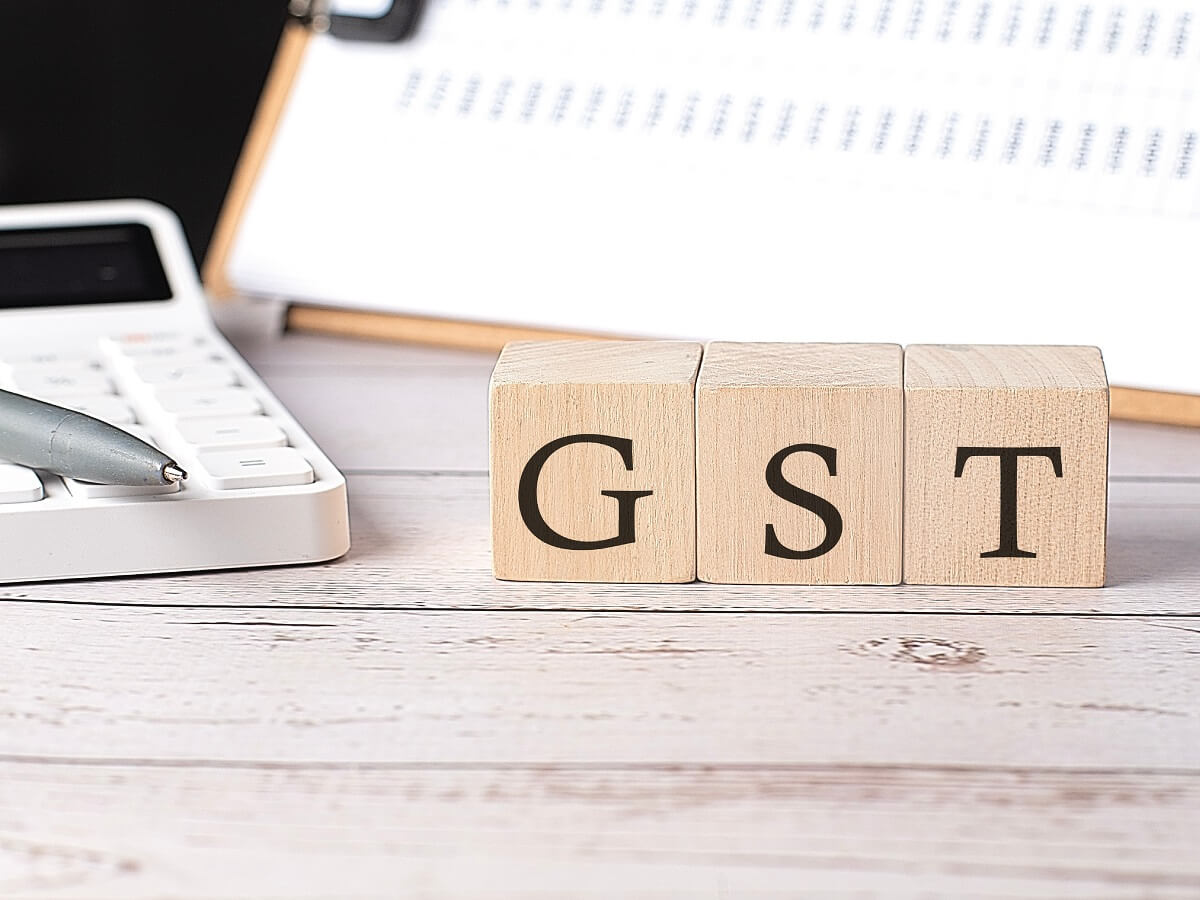Dealing with financial transactions can be complex, especially in the ever-evolving landscape of goods and services tax (GST) regulations. As an Indian business owner, you might have come across the term “debit note and credit note in GST“ but may not fully understand its significance.
Navigating the world of debit notes is crucial for maintaining accurate accounting records and adhering to GST guidelines. In this article, we will demystify the concept of a debit note in GST and explore how it affects your business operations.
What is debit note in GST?
A debit note is a commercial document used in B2B transactions to rectify errors or make adjustments to invoices. It is issued by either the buyer or the seller to reflect changes in the original transaction value. The purpose of a debit note is to correct accounting discrepancies, such as undercharged taxes or incorrect invoicing.
For sellers, a debit note may be necessary when:
- The original invoice requires adjustments due to undercharged prices.
- Incorrect tax rates were applied on the original invoice.
- There are discrepancies in the total invoice amount.
On the other hand, buyers may issue a debit note when:
- There are discrepancies between the actual amount paid and the amount mentioned on the invoice.
- Goods are damaged upon delivery and need to be returned.
- A transaction needs to be cancelled due to unforeseen circumstances.
Debit note format
While there is no prescribed format for a debit note, certain essential details must be included:
- Company details: Names, addresses, and GSTIN of the buyer and seller.
- Serial number: A unique alphanumeric code assigned to identify the debit note.
- Associated invoice number: The reference number of the corresponding invoice that requires adjustment.
- Relevant dates: The date of issuing the debit note and the date of the associated invoice.
- Detailed descriptions: Comprehensive accounts of goods or services involved in the transaction.
- Legally authorised signatures: Signatures of authorised representatives from both parties involved.
Adhering to these formatting guidelines ensures clarity and transparency in your business transactions, especially when you apply for business loan. For those who are looking to understand their potential repayment obligations, using a business loan EMI calculator can be incredibly helpful. This tool allows you to estimate your monthly payments and plan your finances accordingly.
Role of debit note in GST
The introduction of GST brought about significant changes in how debit notes are utilised. According to Section 34(3) of the CGST Act 2017, a supplier can issue a debit note under various scenarios:
- When taxes charged on an invoice are lower than the actual taxable value.
- When the quantity of goods or services supplied exceeds the initially agreed commitment.
- When a tax invoice needs to be amended for any reason.
Including these debit notes in your GST returns is crucial for maintaining accurate records and complying with GST regulations, especially when you apply for business loan. It helps ensure transparency in transactions, allows recipients to review and claim input tax credit, and enables proper tax calculations on both sides. To make informed decisions regarding loan applications, understanding the business loan interest rate is equally important, as it directly impacts your repayment amount and overall cost of the loan.
Process of issuing a debit note
Issuing a debit note in GST involves several steps:
Step 1: Date and number
Specify the date and assign a unique identification number to the debit note.
Step 2: Recipient details
Address the debit note to the recipient, including their name, address, and contact information.
Step 3: Company information
Include your company’s name, address, and contact details at the top of the debit note.
Step 4: Reference
Refer to the original invoice or purchase order related to the GST debit note for accurate record-keeping.
Step 5: Description
Provide a detailed description of the goods or services involved, including quantities, unit prices, and total amounts.
Step 6: Reason for debit
Clearly state the reason for issuing the debit note, whether it’s due to returned goods or overcharges.
Step 7: Total amount
Calculate the total debit amount, ensuring it aligns with the discrepancies described in the debit note.
Step 8: Taxes
Include any applicable taxes and revise the total amount accordingly.
Step 9: Signature and contact
Sign the debit note and provide a contact person for further inquiries or clarifications.
Step 10: Distribution
Send the debit note to the recipient and retain a copy for your records to ensure proper documentation.
Conclusion
Debit notes are an essential component of GST compliance and accurate financial record-keeping. By understanding what is debit note, its format, process of issuance, and the role of debit note in GST, you can effectively manage your business transactions and optimise your tax benefits. If you need further guidance on managing your business finances or require financial assistance to apply for business loan, consider exploring the range of solutions available from trusted institutions like Mahindra Finance. Our expertise and support can empower you to make informed decisions and achieve your business goals.
FAQs
1) Can a recipient issue a GST debit note?
Under GST, only suppliers can issue a GST debit note. However, recipients can inform suppliers about any reasons that necessitate a debit note, such as receiving damaged goods.
2) What’s the difference between a debit note and credit note in GST?
In GST, debit notes (issued by buyers) increase the amount payable due to returns or extra charges, while credit notes (issued by sellers) decrease the amount payable due to returns or discounts. They serve as adjustments to the original invoice.
3) What are the benefits of using debit notes?
Debit notes ensure transparency and accuracy in GST transactions. Additionally, they contribute to maintaining proper accounting records for both parties involved, which is crucial when a company wants to apply for business loan.
4) What is a debit note example?
To understand a debit note example, consider a scenario where a product costs Rs. 450, but the invoice is incorrectly recorded as Rs. 400. In this case, the seller issues a debit note for Rs. 50 to correct the error.
























































